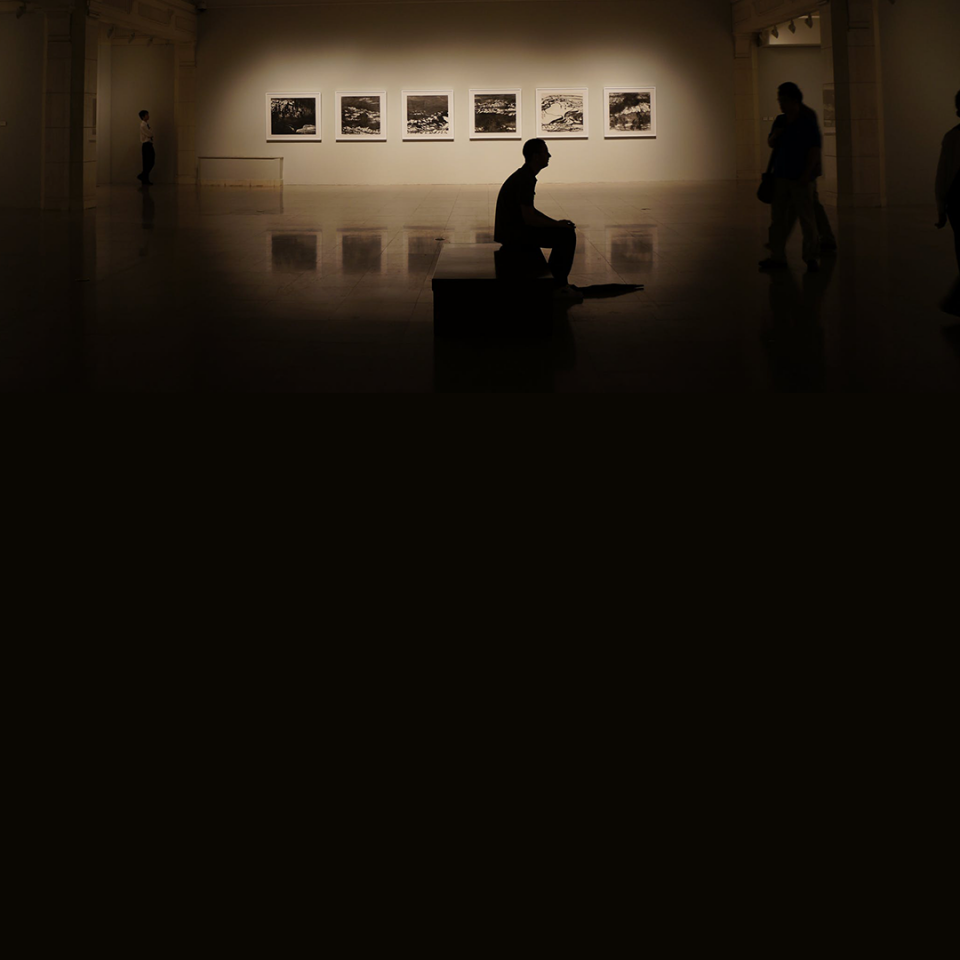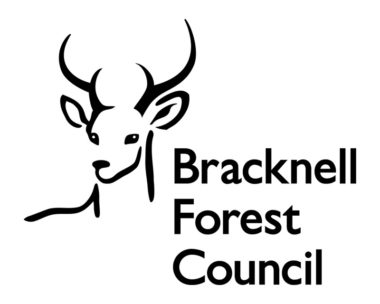When I had my sight, I used to love going to museums. It did not matter what subject it covered, I found it so interesting.
When I lost my sight, one of the first things that I missed, was getting out and visiting places – especially museums.
Having the Right Mental Attitude Can Help With Perceived Accessibility Barriers
I went to visit a friend in Nottingham and when I got there, they said we have organised a trip to the National Justice Museum. “Oh that is nice,” I said when really, I was thinking – “oh great, items behind glass and lots of people in rooms. I am going to find this so frustrating.” However, my actual time there was really good.
Before I tell you about some of the things that were there, I need to say that with any disability, the thoughts and questions of; ‘I can’t do that’ or ‘you can’t do that with your disability are the same for everyone.
Whereas the questions those with disabilities should be asking themselves is ‘how am I going to do that‘, or rather ‘if I do… [insert action/experience]’, then I can have just the same experience as everyone else.’
Obviously, this sometimes relies on people, agencies or organisations putting things in place to allow everyone to have access or interaction to services and attractions.
My First Experience at a Museum as a Visually Impaired Individual
Going back to my experience at the National Justice Museum. The museum focuses on exploring the impact that law and justice have on society, in a really engaging way.
The experience was so interactive and hands-on, with guides in different areas and a role play court case.
Yes, someone volunteered me to be in the dock. The judge came out and started the case. He asked me some questions and we went on a dialogue of answers and questions, which went over the allotted time normally given.
What I did not realise is that there was a script on the rail of the dock that showed the relevant questions and answers – but the judge played along with my answers.
The experience that the museum gave, helped to give me the confidence to go to other museums.
It’s amazing to see since my visit, that they now also have a downloadable sensory map, detailing all of the sensory-friendly spaces – highlighting less crowded zones, spaces that have seating and where you can find tactile and engagement activities to navigate to.
Guides and Audio Description When Visiting Stately Homes and Places of Interest
In many stately homes, and other places that fall into this category, they either have a good guide, which normally explains items of interest, or I am given an audio description device when entering a room.
The audio description device is like a mobile phone with headphones. I’ve found these at places, such as the Grade I stately home and estate, Althorp house in Northamptonshire, which showcases one of Europe’s finest private collections of furniture, paintings and ceramics.
Audio guides are also available to download in advance at one of the world’s most famous prehistoric monuments, the World Heritage Site, Stonehenge.
Tactile Imagery and Braille Descriptions at The National History Museum
When visiting the National History Museum, a friend and I (who were both blind) were given a guided tour and could go over to the other side of the barrier where we could hold or touch the item.
On the same visit, there was an independent display outside. Someone came up with a good idea of transferring pictures into a tactile image.
This tactile image was achieved by raising dark images and depending on the degree of light-to-dark, a shorter tactile was used. For example, black would have been the part of the photo with a large tactile, and white had a smooth texture.
Below each picture was a line or two of braille, describing the photograph. It was then pointed out to us that next to the very short information in braille, there were at least four pages of text giving a lot more detail about the photo.
The person who had the idea of this concept came around and asked us what we thought. We replied about our concern over the little braille description. His response was that he “did not think that blind people would visit on their own and thought that they would bring a sighted person, who could read the rest of the information.”
I can’t read braille, but I know that braille can be put on top of text or just below it, so a person who can read braille can read the information, along with a sighted person, not taking any experience away from either.
Accessibility Changes That Could be Made to Museums for Those with Disabilities
I can’t help but wonder about other people’s experiences at museums with a disability.
Are wheelchair users able to see items in the glass case? Is the case low enough for people to see in? I remember when I was a child and had to be picked up to see the items within the glass case.
I suppose people who have a disability will know their limitations – like the old houses not having accessible lifts for wheelchair users to go upstairs and items that need to be kept behind glass, so a person with a Visual Impairment, can’t have the experience of interaction with the item.
Hopefully, websites are clearly marked stating what facilities are accessible and what is not for those with disabilities.
There are always improvements that can be made. If people in every walk of life, with a disability or not, just held onto the phrase in life, ‘how am I going to do that‘ – so much more could be achieved for everyone.
Progress has been made over the years. However, there is still a long way to go to make these venues accessible for all. Hopefully the phrase ‘I am going to make this change’ is one that owners of establishments will be championing over the coming years.







